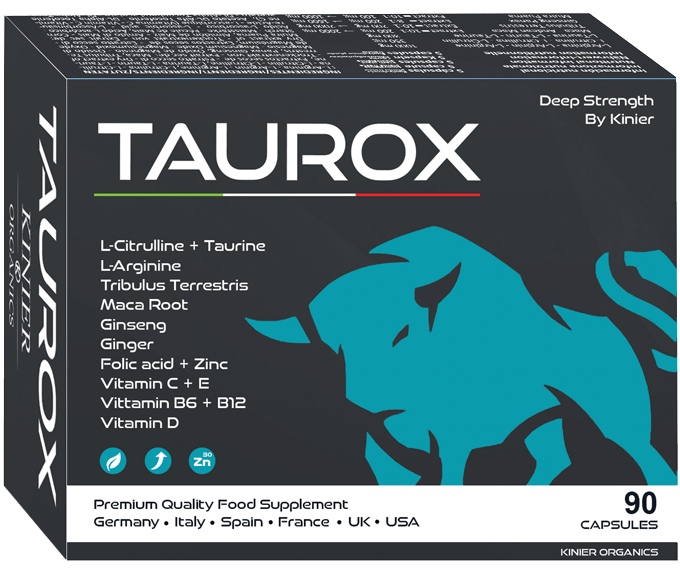Sources de référence
Les études suivantes mettent en évidence la relation entre le zinc, les niveaux d’usinage de la testostérone et l’activité sexuelle.
- Hess SY, Peerson JM, King JC, Brown KH (September 2007). “Use of serum zinc concentration as an indicator of population zinc status”. Food and Nutrition Bulletin. 28 (3 Suppl): S403–29. doi:10.1177/15648265070283S303. PMID 17988005.
- Jump up to:a b c “Zinc” Archived September 19, 2017, at the Wayback Machine, pp. 442–501 in Dietary Reference Intakes for Vitamin A, Vitamin K, Arsenic, Boron, Chromium, Copper, Iodine, Iron, Manganese, Molybdenum, Nickel, Silicon, Vanadium, and Zinc. National Academy Press. 2001.
- Maret W (2003). “Cellular zinc and redox states converge in the metallothionein/thionein pair”. J Nutr. 133 (5 Suppl 1): 1460S–1462S. doi:10.1093/jn/133.5.1460S. PMID 12730443.
- Jump up to:a b c d Prasad AS (2012). “Discovery of human zinc deficiency: 50 years later”. Journal of Trace Elements in Medicine and Biology. 26(2–3): 66–69. doi:10.1016/j.jtemb.2012.04.004. PMID 22664333.
- Michaëlsson G (1981). “Diet and acne”. Nutrition Reviews. 39 (2): 104–106. doi:10.1111/j.1753-4887.1981.tb06740.x. PMID 6451820.
- Lazzerini M, Wanzira H (December 2016). “Oral zinc for treating diarrhoea in children”. The Cochrane Database of Systematic Reviews. 12: CD005436. doi:10.1002/14651858.CD005436.pub5. PMC 5450879. PMID 27996088.
- “Copenhagen Consensus Center”. Retrieved 30 August 2014.
- Raulin J (1869). “Chemical studies on vegetation”. Annales des Sciences Naturelles. 11: 293–299.

